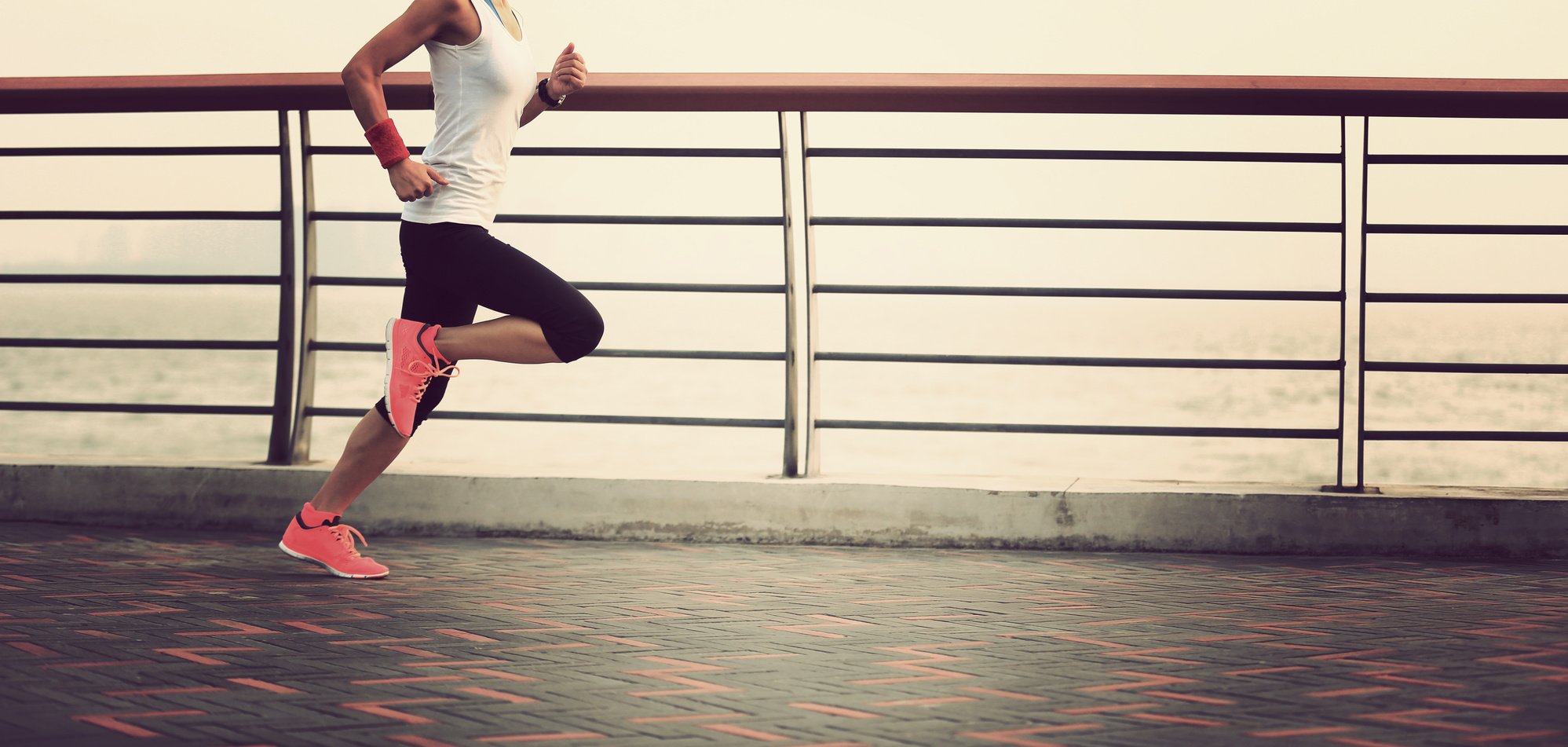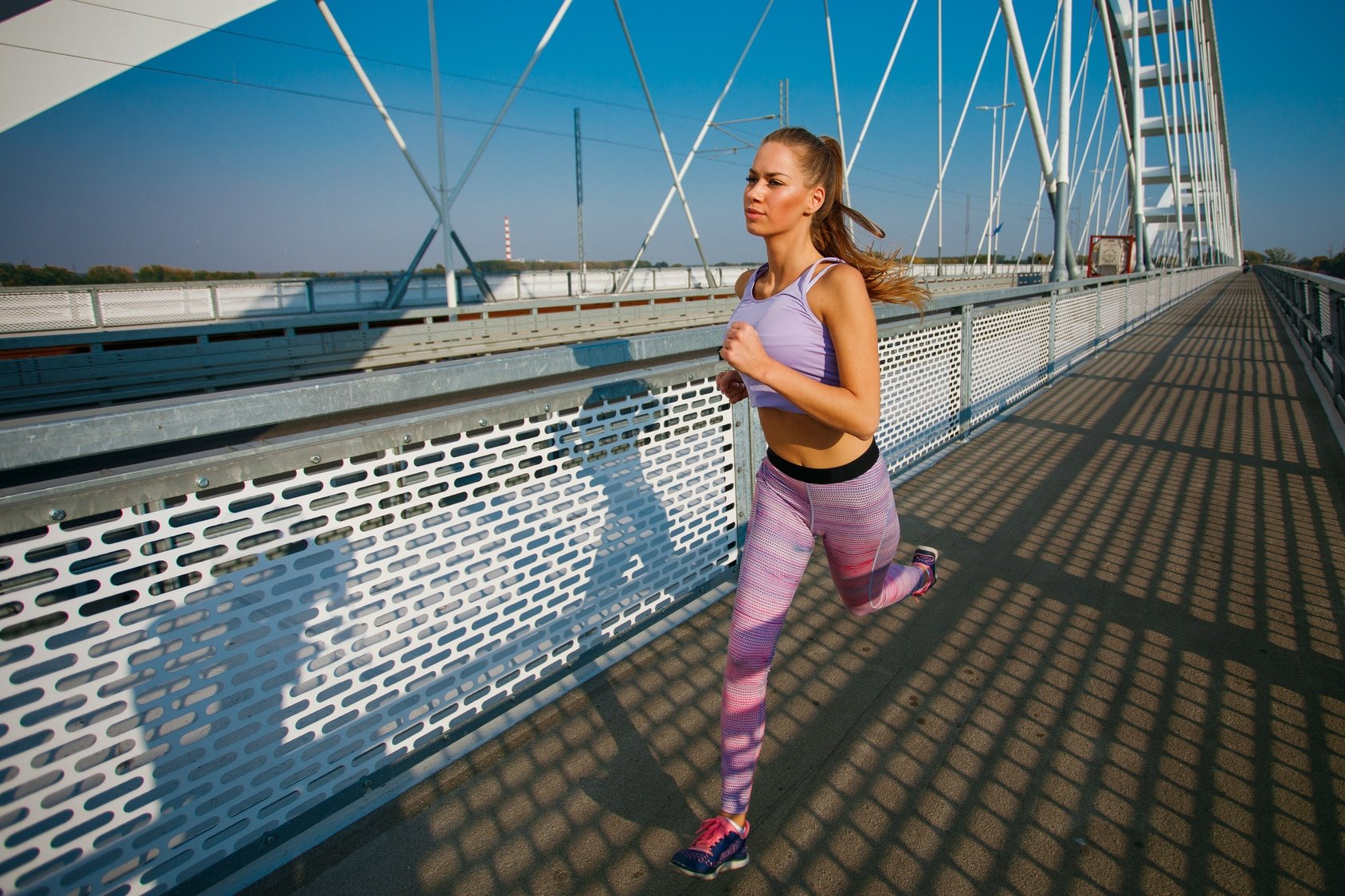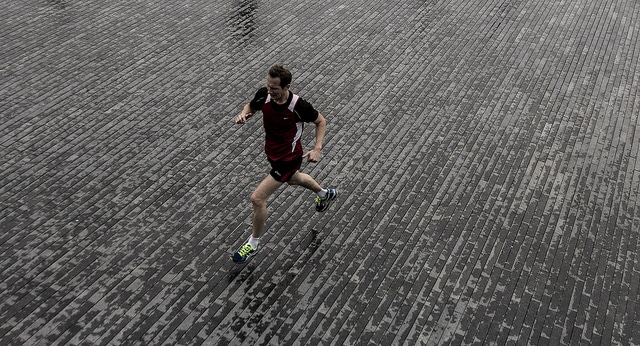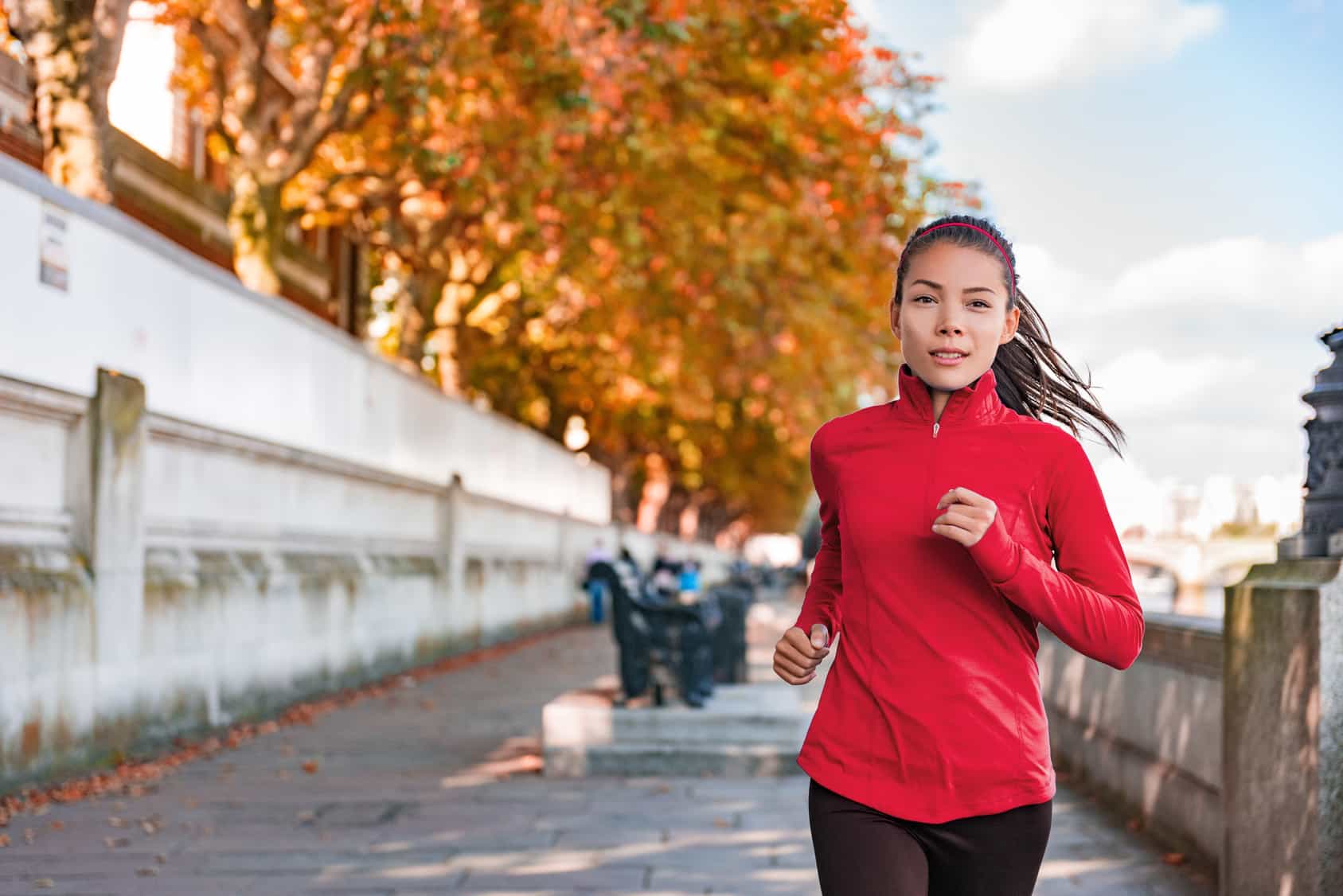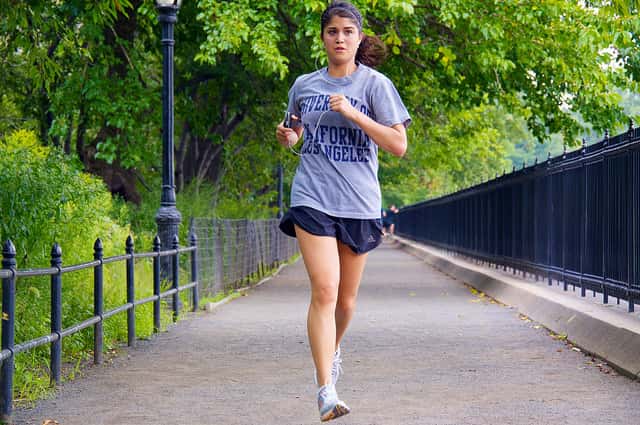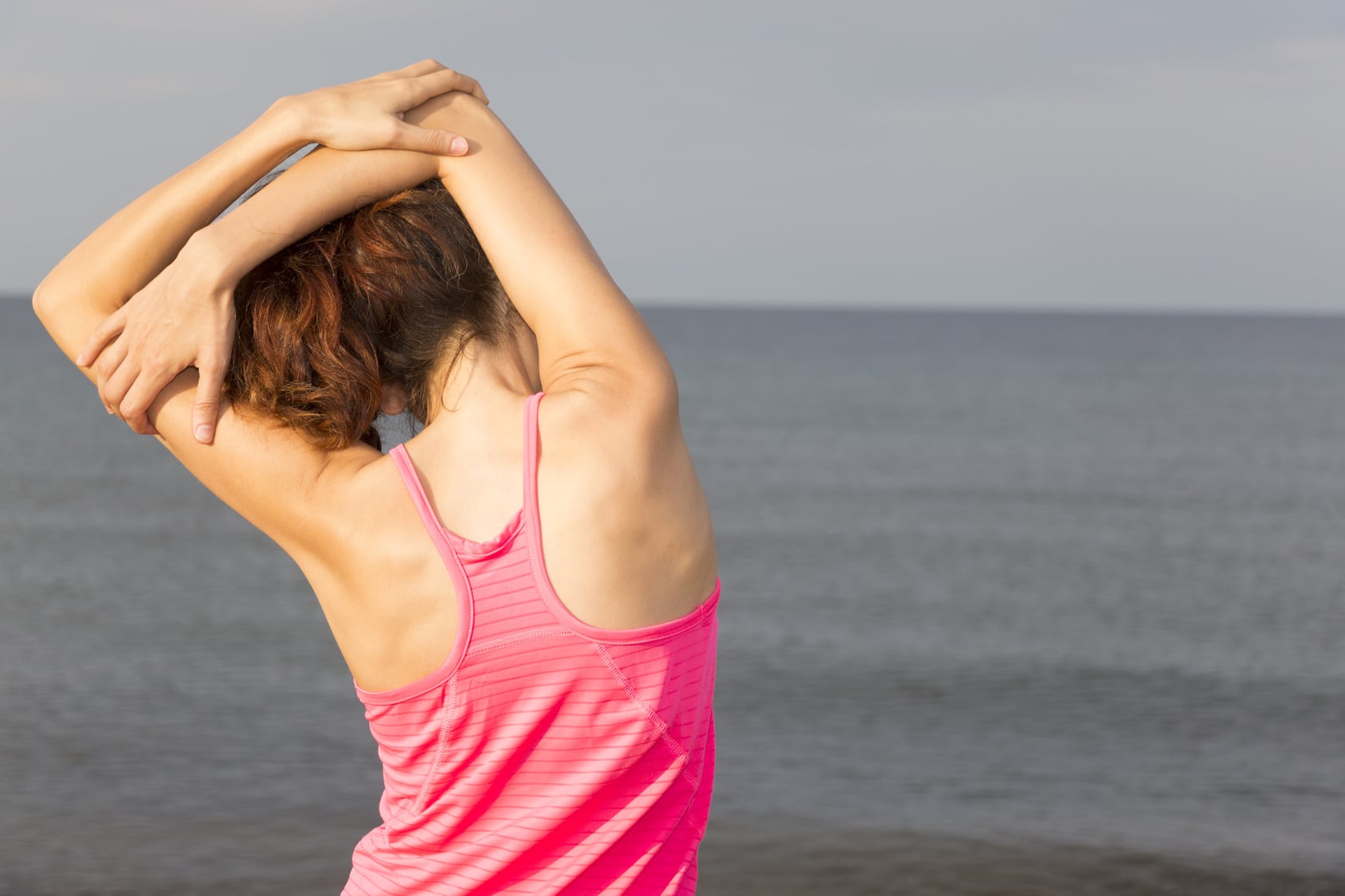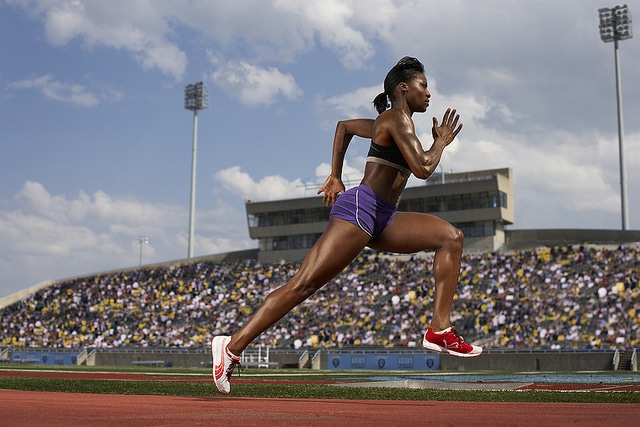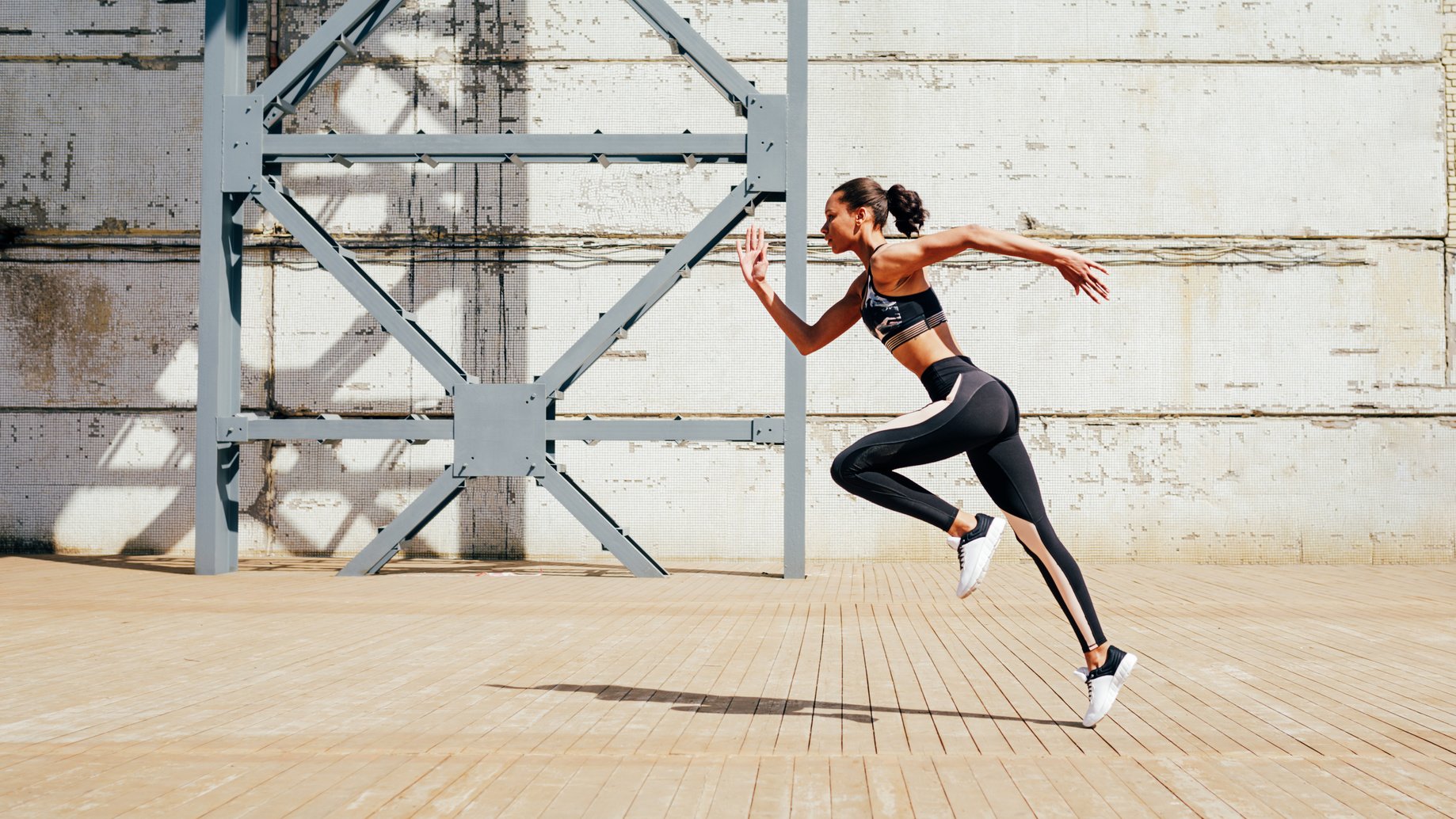Ready to uncover the secrets of stride length and take your running to the next level? Well, you’ve landed in the perfect spot.
When it comes to becoming a better runner, there’s a multitude of factors to consider, but one aspect that often gets overlooked amidst the foot strike frenzy is the mighty stride length. It’s time to shine the spotlight on this game-changing element of running form.
Whether you’re tackling rugged trails or conquering ultra-marathons, mastering your stride length is the key to unlocking a stronger, injury-free running experience. So, let’s dive right in and unravel the mysteries behind stride length—what it is, why it’s crucial, and most importantly, how you can fine-tune your running form to optimize your stride length.
Prepare to discover the secrets that will propel you forward, leaving your old records in the dust.
Get ready to revolutionize your running and embrace the full potential of your stride. Let’s jump in!
What Is Running Stride Length?
When we talk about stride length, we’re referring to the distance covered when you take a set of steps—one with each foot. It’s like measuring the grand sweep of your running journey, encompassing both your right and left steps.
In technical terms, it’s the distance between the initial contact of your foot and the subsequent contact of that same foot. It’s the length, the breadth, the amplitude of your running stride.
Now, let’s not confuse stride length with step length. Ah, the plot thickens! Step length, my friends, is the distance covered when you take just one step. It’s like measuring the individual footprints you leave behind on your running path. Specifically, it’s the distance between the initial contact of the ball of your foot and the contact of the opposite foot. It’s the humble, yet important, building block of your running stride.
So here’s the kicker: A stride length is typically double the step length, assuming that your right and left steps are roughly symmetrical.
Picture it like this: For every stride, you’ll take two steps—one with your right foot and one with your left foot. That’s why, in reality, stride frequency is half that of step frequency. You’ll be busting out twice as many steps in the same amount of time as strides.
Now, I know it may sound a bit technical, but trust me, it’s not rocket science. Understanding these concepts will help you unravel the intricacies of your running mechanics and unlock the secrets to optimizing your stride length.
What Is The Average Stride Length?
According to studies, the average length of a walking step measures around 2.5 feet or approximately 30 inches.
So, if we do a little math, the average walking stride length would clock in at about 5 feet or a grand 60 inches. Picture yourself taking those confident strides, covering a distance of 5 feet with each graceful movement.
Now, let’s talk specifics. For the average Joe or Jane, the distance between the initial contact of their right heel and the initial contact of their left heel is a little over 30 inches. But hold your horses, my friends, these numbers are just rough estimates. You see, stride length is influenced by a myriad of variables that make each person’s stride unique and personal.
Take, for example, the magnificent hip joint anatomy. Yes, the structure of your hips plays a role in determining your stride length. It’s like the architectural blueprint that shapes your movement patterns. Then we have factors like height, gender, age, illness, and injury, all dancing together to influence the length of your stride.
Oh, and let’s not forget about the terrain. Just like a chameleon adapts to its surroundings, your stride length may vary depending on the terrain you’re conquering. Uphill battles or downhill descents can alter your stride as you adapt to the changing landscape beneath your feet.
Additional link – How to perform running strides for beginners
Running Cadence & Average Stride Length
Cadence is the rhythm that sets the pace for your running symphony. It’s all about the number of times your feet grace the ground during a single minute of running. We like to measure it in steps per minute, or as the cool kids call it, SPM.
Now, hold onto your hats because here’s the interesting part. Surveys and studies have shown that the average runner tends to clock in at around 150 to 170 steps per minute. But wait, there’s more! Elite athletes often boast a cadence of 180 steps per minute or even higher.
Talk about quick feet!
But let’s not get too caught up in the numbers. Cadence is as unique as your fingerprints. It’s influenced by a delightful medley of factors that make each runner’s rhythm their own. Your fitness level, height, running technique, speed, hip strength, and even the terrain you tread upon all contribute to the variation in stride rate.
Here’s a little challenge for you: To get a glimpse of your own cadence, count the number of times your right foot strikes the ground while running for a swift 60 seconds. Once you have that number, multiply it by two.
The Problem with Running Stride Length
One of the most common blunders in the running world is the notorious overstriding. Overstriding puts unnecessary strain on your muscles and joints, and let’s face it, running is already a challenging endeavor on its own.
Now, you might be wondering, why does overstriding happen in the first place? Well, it often occurs when your cadence dips below the magical number of 160 steps per minute. You see, when your cadence slows down, you’re more likely to take those long, reaching strides that can wreak havoc on your running form.
But wait, there’s more! Overstriding not only messes with your efficiency, but it also throws off your energy balance. Instead of smoothly propelling yourself forward, you find yourself bouncing up and down like a yo-yo, wasting precious energy in the process. We want to conserve that energy for the miles ahead, don’t we?
And here’s the icing on the cake: maintaining a stride that’s too long becomes increasingly challenging as you rack up the mileage. Your poor body has to work even harder to cover that extended distance, leaving you feeling fatigued and drained.
How To Increase Stride Length While Running
The best way to improve your stride length, as well as your step frequency, is to simply move your legs faster.
This might sound simple, but it’s a skill that requires endurance as well as a lot of practice. You’ll need to perform a few running form tweaks over a long time in a progressive and slow manner.
How Long Your Running Stride Length Should Be?
When it comes to improving your speed, one of the key factors is increasing your cadence. Think of it as revving up the engine of your running machine. The faster you can pull your foot from the ground, the shorter the time it spends on the earth, and the longer it stays suspended in mid-air.
Now, here’s a little secret that might surprise you: reaching forward or extending your leg might seem like the way to go, but it can actually hinder your speed. By keeping your foot on the ground for a longer duration, you’re essentially putting the brakes on your momentum. It’s like trying to sprint while dragging an anchor behind you.
Not very efficient, right?
In fact, when you reach forward with your leg, you’re forced to wait a little longer for your body to catch up before you can take the next step. It’s like pressing the pause button on your running adventure.
Now, here’s a nifty trick to improve your average stride length: train with a metronome. Yes, you heard me right. This little device will be your trusty running companion, ticking away with a steady beat. Aim for a cadence of around 180 steps per minute, and as you pick up the pace, let your cadence match the rhythm of your feet.
But hey, if a metronome feels a bit too old-school for your taste, don’t fret. There’s another option that will get your spirits soaring and your feet moving to the beat—constant upbeat music. Find those songs that make your heart race and your body groove.
How To Practice the Ideal Running Stride Length
Grab your trusty metronome and set it to a lively tempo, around 190 to 200 beats per minute. This little gadget is going to be your secret weapon in this training adventure. Now, it’s time to dive into those short and intense intervals that will make your legs feel like they’re on fire (in the best possible way, of course).
But wait, my friends, don’t forget to catch your breath. After each heart-pounding interval, take a full minute of rest to recover and regroup. It’s a chance to catch your breath, recharge your energy, and prepare for the next exhilarating burst of speed. You’re in control of this rollercoaster ride, and you’re ready to conquer it.
Repeat this invigorating process for a total of 15 to 20 minutes. It may sound intense, but trust me, the results will be worth it. You’ll be amazed at how your body adapts and becomes faster, stronger, and more resilient with each session.
Now, let’s talk about those fantastic drills that can take your running prowess to the next level. These exercises are like secret weapons hidden in your training arsenal, designed to optimize each and every step you take. They focus on improving muscle elasticity and expanding your joint range of movement, unlocking your full speed potential and enhancing your endurance.
Here are a few
Hops
Power Skips
Calf Hops
Intention of Falling
Average Stride Length While Ruining – The Conclusion
There you have it. If you’re trying to improve your average stride length while training, then today’s post should be enough to get you started on the right foot—no pun intended.
Please feel free to leave your comments and question in the section below.
In the meantime, thank you for dropping by.
Keep training strong.

